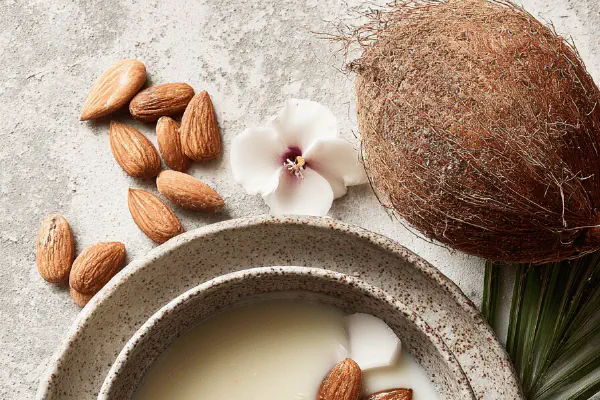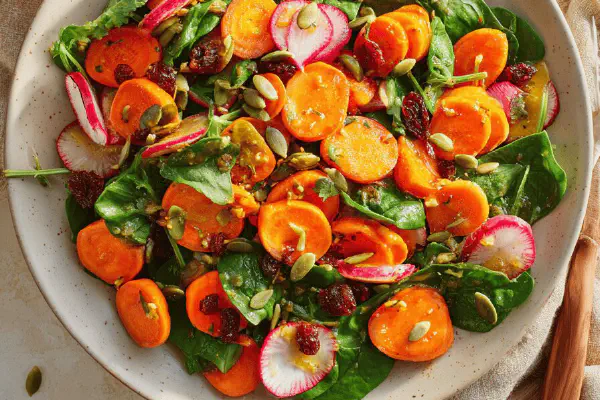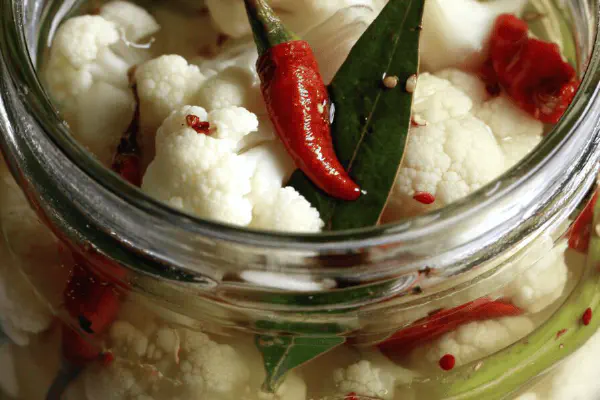Pomegranate Ginger Jelly

By Emma
Certified Culinary Professional
Ingredients
- 630 ml (2 2/3 cups) fresh pomegranate juice (6 to 7 large pomegranates, extract by pressing seeds in a fine mesh)
- 1 tbsp freshly grated ginger root
- 1 pkg (9 g) agar-agar powder
- 250 ml (1 cup) pure maple syrup
- 15 ml (1 tbsp) fresh lime juice
About the ingredients
Method
- First, strain juice carefully; no pulp or bits—gritty jelly ruins the finish. Take fresh ginger, zest and finely grate just enough to hit the palate without overpowering.
- Combine pomegranate juice, grated ginger, and agar-agar powder in a medium saucepan. Stir briskly over medium heat. The mix starts to bubble and foam; watch for it to thicken but don’t rush—agar works differently from pectin. Should froth lightly, turning sticky as the bubbles pop and resurface faster.
- Once boiling, add the maple syrup and lime juice, fold quickly. The tangy lime brightens, balancing earthiness of maple. Let simmer for about 12 minutes, constant stirring to keep agar from settling.
- Stop exactly when it clings to the spoon like thick syrup but doesn’t scorch. Remove from heat, skim off any foam. Let cool slightly—warm enough to pour but no longer boiling hot.
- Pour immediately into sterilized jars (approx 125 ml each). Touch top to check set in 4–5 hours fridge time instead of overnight. Jelly firms to semi-soft but holds shape well.
- Store in fridge up to 3 weeks. Freeze if longer storage required; texture loosens slightly but flavor remains bright.
- Serve slapped onto crusty bread, spooned alongside sharp cheese, or glazed over roasted veggies.
Cooking tips
Chef's notes
- 💡 Strain juice thoroughly—no pulp or grit creeping in. Grit ruins texture fast. Use fine mesh or cheesecloth; press seeds firmly. Fresh grated ginger—finesse amount, too much bites, too little dulls it. Start ginger light, add if needed. Combine cold ingredients first. Agar-agar hates lumps. Stir constantly once heat rises; agar settles fast and clumps. Bubbles tell story; listen closely. Not just boil—bubbles quickening, foam forming, sticky feel on spoon. Timing essential—too soon, no set; too long, rubbery gel.
- 💡 Heat control is key here. Medium heat steady; rushing kills gel texture. Watch bubbling transition—froth forms, pops faster. That sticky tacky feel on spoon back signals boil done right. Add maple syrup and lime off heat or just boiling. Lime brightens, so don’t substitute lemon without flavor loss. Simmer 12 minutes gentle stirring to dissolve agar fully. Stirring steady avoids powder settling and foam builds. Foam needs skimming—bitterness lurks, harms finish texture.
- 💡 Pouring hot jelly into sterilized jars prevents contamination. Sterilize jars by boiling or oven heating thoroughly—no shortcuts, shell life depends on it. Fill immediately while jelly still pourable but not scalding hot—it thickens fast. Chill rapid in fridge, jelly sets in 4–5 hours. Not overnight—agar sets faster but texture different from pectin. If freezer needed, smaller jars recommended; freezes soften gel, flavor ok but texture looser.
- 💡 Substitution notes matter—maple syrup gives layered sweetness, honey or agave possible but flavor changes noticeably. Agar-agar powder quality affects set—old powder weakens gel strength. Lime juice crucial; promotes gel. Lemon juice tested, ends too sour, bitterness highlights. Fresh pressed pomegranate juice only; concentrate or bottled juice dulls flavor, affects set. Fresh ginger grated but avoid soaking long time in juice or losing spice punch. Experiment timing once familiar with bubbling cues.
- 💡 Jelly texture depends on cooling and stirring techniques. Remove foam fast to avoid bitterness. Let jelly cool just enough to pour easily. Thick sticky syrup coat on wooden spoon is your best indicator—too thin means agar not fully activated. Gel will hold but remain spoonable, not slice into cubes unless chilled longer or gel concentration altered. Storage short term in fridge advised; freezes okay but expect softer texture. Jelly shines best tart, with maple, lime brightness, fresh ginger aroma hitting cold palate.
Common questions
How do I know when agar-agar is activated?
Look for bubbling pattern change. Froth forms, bubbles pop faster. Sticky tacky feel on spoon. Not just boil—observe thickened syrup coating back of wooden spoon. Timing matter, too short means no set, too long—rubbery. Agar needs consistent simmer around 12 min.
Can I use lemon instead of lime juice?
Lemon tested, ends sour, sharp bitterness can take over. Lime adds bright but mild acidity. If lemon only option, reduce amount and add a pinch of sugar to balance. Texture not much affected but flavor shifts noticeably towards sour. Lime juice also aids gel set chemical balance.
What if jelly does not set?
First, check agar powder freshness and quantity. Old powder fails setting. Did you boil long enough? Agar needs steady bubbles 10–12 min. Stir constant to avoid clumps. No pulp or grit allowed. Cooling time too short? Fridge temp must be cold. If fails, reheat gently and add small extra agar, repeat simmer.
Best way to store jelly?
Fridge ideal up to 3 weeks tightly sealed jars. Freeze possible but gel softens, texture loosens after thaw. Smaller containers freeze better. Avoid room temp due to maple syrup and fresh juice. Store away from direct light. Open jars best consumed within few days for aroma and texture freshness. No preservatives here.



